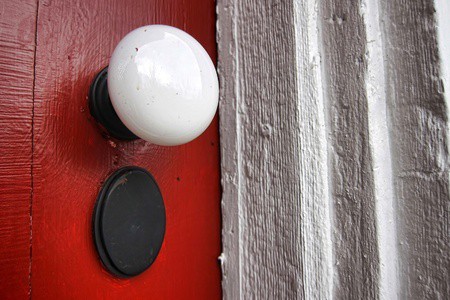Eight Smart Ways To Adapt And Repurpose Older Properties

Depending on the neighborhood’s zoning laws, your imagination and budget may be the only limits for how you can transform an old building. To give you some ideas, we asked the members of Forbes Real Estate Council to share some potential ways to adapt an older property. Here is what they suggest:
1. Homes With Modern, Open Living Spaces
With the trend toward more casual living and open spaces, like lofts and kitchen/family room combinations, churches and non-conventional properties can meet the needs of modern living and entertaining. To create smaller, more private spaces, use new materials and technology to make moving wall partitions and shoji screens, which are more pleasing and functional than the old “multipurpose” room. – Sumant Sridharan, HomeLight
2. Restaurants And Bars
For properties like churches with unique aesthetic features, repurposing them to a restaurant, bar or entertainment venue (museum, theater, nightclub) seems to do well. In the age of social media, people enjoy visiting photogenic places and frequenting businesses and venues that are different and deemed “Instagram-worthy.” – Catherine Kuo, Elite Homes | Christie’s International Real Estate
3. Retail Establishments
Given the unique architectural style of churches, the possibilities for repurposing are only limited by the imagination. Depending on location, zoning and building size they may find new life as both residential and retail establishments. Churches have been transformed into homes, condos, bed-and-breakfasts, art galleries, book stores, antique shops, restaurants, office space and theaters. – Joe Houghton, RE/MAX Results/The Minnesota Property Group Team
4. Residential Buildings
Today, everyone wants “charm.” Usually a church or older properties have quirks and an architectural uniqueness that can not be found in a normal, ground-up residential building. Find yourself a good architect that can engage these elements and you will have a very lucrative investment. – Robert Rahmanian, REAL New York
5. Hotels
The folks at MCR transformed a historical, iconic form of architecture—a TWA terminal at JFK airport—from an obsolete structure to a revolutionary hotel. MCR managed to preserve the “mad men” era design, architecture and ambiance into a 21st-century, modern hotel. The hotel embodies the original design, as well as incorporating today’s amenities. – Gary Isenberg, LW Hospitality Advisors
6. Event Venues
Be creative when thinking about alternate ways the space can be utilized. Churches have a unique, beautiful presence. They would serve well for weddings or other events. Similarly, a lot of closed high schools and warehouses are now being converted to rental units. – Ali Jamal, Stablegold Hospitality LLC
7. Nightclubs
One of my favorite examples of the repurposing of an old church is the church in downtown Denver, Colorado. A popular nightclub, it is a great example of a beautiful old building being preserved while at the same time, repurposed, in an urban setting. Keeping the gothic façade and historic feel of the original church only adds to the ambiance, and uniqueness, of the nightclub. – David Bolinger, The McDevitt Agency
8. Whatever Your Community Needs Most
These opportunities are the most fun! Let your creativity run wild. Unique or single-purpose buildings often have lower value due to functional obsolescence. You can purchase these properties lower than replacement cost. Churches can be SFR, Airbnb, office space, etc. Old movie theaters can be self-storage, churches, childcare, and so on. Be creative and fill a need! – Darwin German, DGRE Real Estate
Source: forbes.com















 Accessibility
Accessibility